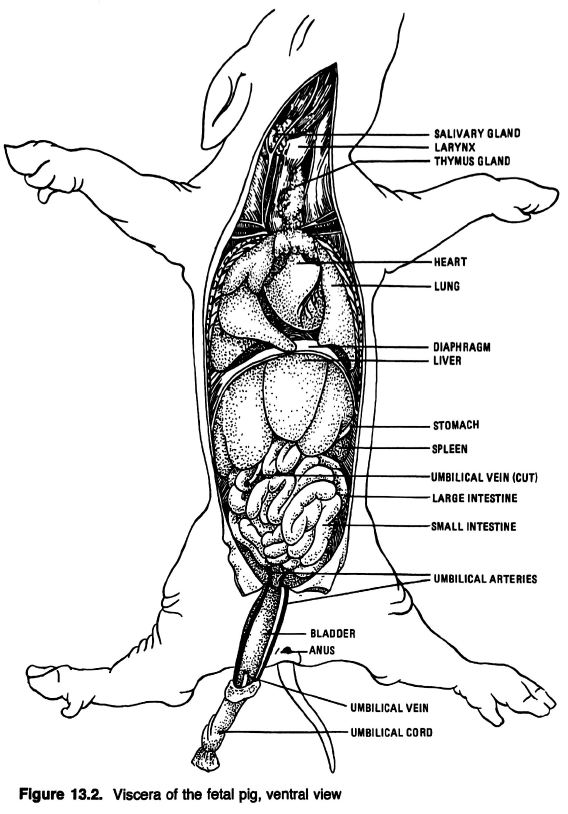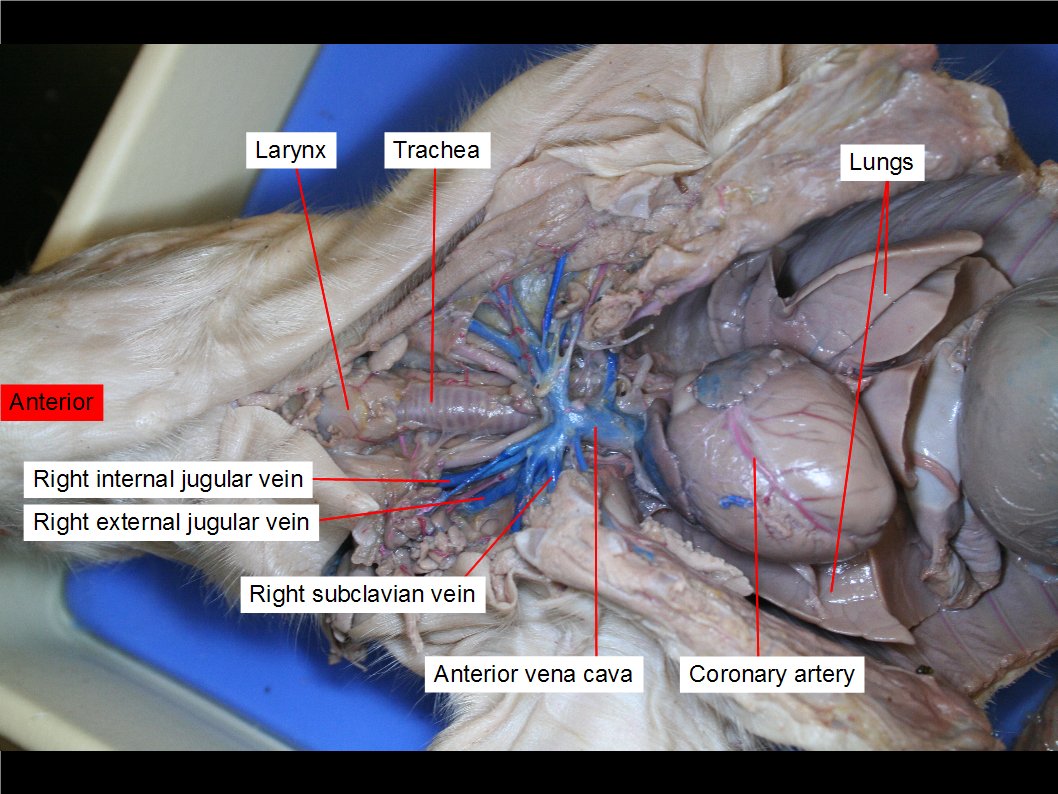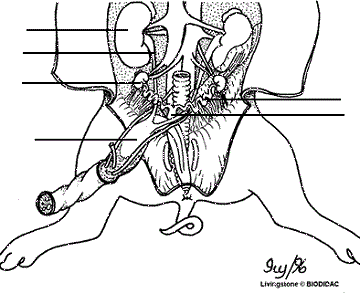

Beginning at X again, make the fourth incision up through the chest. Cut carefully through this so you can lift the flaps back. There may be some connective tissue or membranes attaching the muscles to the underlying organs.
Pig dissection diagrams skin#
Now lift up the flaps of skin and peel them back so they lay flat on the pan. Make the third incision just above the hind legs and carry it all the way down to the pan.ĥ. Cut a semi-circle around the umbilical cord on each side. Start the second incision at X and carry it straight down almost to the umbilical cord. Carry the incision all the way to the pan.Ĥ. Use forceps to hold the tissue away from the organs as you cut.

You want to cut through the skin and the muscle, but if you cut too deep you will damage the internal organs. Start the cut with a plastic scalpel, then continue it with dissecting scissors. Make an upside-down V incision starting at X, as you see in the illustration. This point is marked with an X in the illustration.ģ. Keep moving down until you feel the bottom edge of the rib cage this is where the diaphragm separates the thoracic cavity from the abdominal cavity. You should be able to feel the hard sternum (breastbone) and the tiny ridges of the ribcage. Use your fingers to probe the chest area of the pig. Stretch the string tightly so that it will hold the pig’s legs apart. Pass the string under your dissecting pan and tie it to the other foreleg. Tie a string around one of the pig’s forelegs. Use the labeled picture to identify the feathery papillae (taste buds) on the edges of the tongue, the ridged hard palate in the roof of the mouth with the smooth soft palate behind it, the sharp teeth near the front of the mouth, and the epiglottis, which covers the opening of the trachea (windpipe) so food cannot enter.ġ. Cut far enough so that the bottom half of the jaw can almost touch the pig’s chest.Ģ. Using your dissecting scissors, cut through the jawbones at the corner of the pig’s mouth. Only the female has two openings beneath the tail.ġ. If the pig is female, the urogenital opening will be just behind the anus under the pig’s tail. If the pig is male, it will have a small urogenital opening immediately behind the umbilical cord. Determine if your specimen is male or female by looking closely at the umbilical cord area. On either side of the umbilical cord, you may see mammary papillae, little nipples that will turn into teats in female pigs.Ģ. On the belly you will see the umbilical cord which connected the fetal pig to its mother’s placenta. Most of the pig’s external features are familiar to you – ears, nose, eyes, etc.

Download: Fetal Pig Dissection Lab Fetal Pig Dissection Overviewġ. If you do the dissection yourself, you will need dissection pans and dissection tools, or buy our complete Fetal Pig Dissection Kit. Use this guide to help you dissect a preserved fetal pig, or just look at the labeled pictures to get an idea of what the organs look like. It is also a very exciting dissection because, like sheep and their organs, the internal anatomy is similar to humans! It is fascinating to see how all the organs fit and work together. A fetal pig is a great choice for dissection because the size of the organs makes them easy to find and identify.


 0 kommentar(er)
0 kommentar(er)
